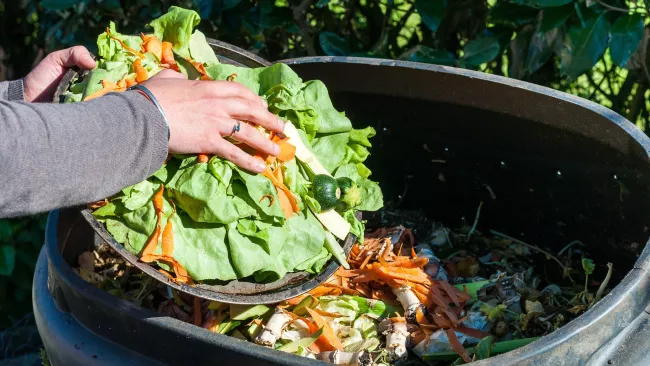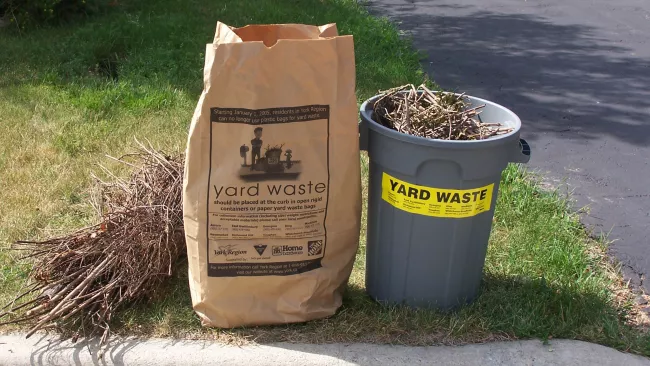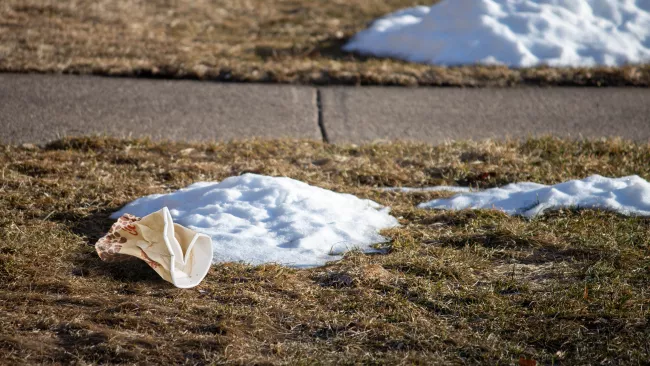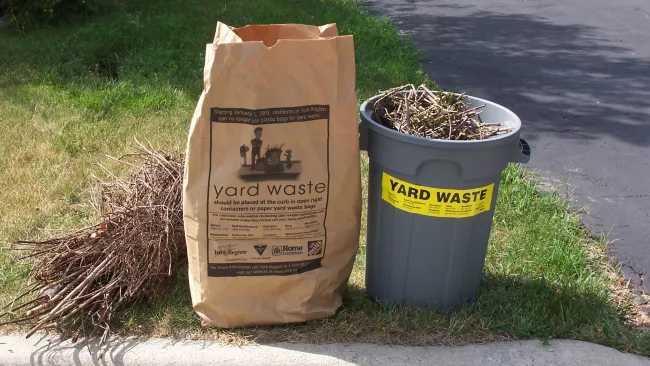A beginner’s guide to composting
Leaf and yard waste, food scraps, grass clippings – these are items you may already have on hand to start a backyard compost!
Compost is the natural process of recycling organic matter into a valuable fertilizer that enriches soil and plants. By turning organics into compost and using it in gardens and farmlands, we can create healthy soils that produce healthier food and higher yields. Compost also reduces the need to use fertilizer and pesticides, improves water quality, conserves water, and stores carbon in soil – all of which help combat climate change.
Composting can also decrease your household’s curbside waste by up to 30 per cent!
Sound ‘a-peel-ing’? Buy a backyard composter from the City of Vaughan at vaughan.ca/ServiceVaughan to get started.
How to use a backyard composter
All City backyard composters include instructions on how to turn your fruit and vegetable scraps and leaf and yard materials into garden fertilizer. Here are the steps to follow:
- Step 1: Pick a level spot on the ground where there is good water drainage and significant sun exposure. Dig a shallow hole, one or two inches deep, for a secure spot to place the composter.
- Step 2: Put organic materials, such as banana peels, apple cores, cabbage stocks and eggshells, in the compost bin. When adding fruit and vegetable scraps, either dig them into the existing compost immediately or cover those items with soil or a layer of leaves. You can also add nitrogen-rich green materials, such as grass clippings, and carbon-rich brown materials, such as leaves or straw. Chop or shred these materials into small pieces to speed up the composting process.
- Step 3: Keep the compost moist, like the dampness of a wrung-out sponge, but not wet. If it gets too dry, water it with a watering can or hose. Using a tight-fitting cover will keep it from becoming too wet from rainfall and deter animals and flies.
- Step 4: Provide air to the compost by turning it with a pitchfork or shovel.
When your compost is ready to use, it should be dark and crumbly, with most of the materials blended and unidentifiable. You can screen the finished compost to remove coarse items or materials that did not fully decompose, such as shells, corncobs or twigs – but save these items for your next compost batch!
Bury your compost deep into the ground, below the topsoil, before planting flowers and plants. Alternatively, use it as mulch to top-dress around plants and trees to help retain moisture, smother weeds and prevent soil compaction, or on lawns as part of a seed-starting mix or a top dressing.
For more tips and a list of materials that can and can’t be used for compost, visit vaughan.ca/compost. To learn about the City’s waste services, visit vaughan.ca/waste.
For the latest updates, subscribe to Vaughan News and follow the official corporate channels on X, Facebook, Instagram and LinkedIn.





